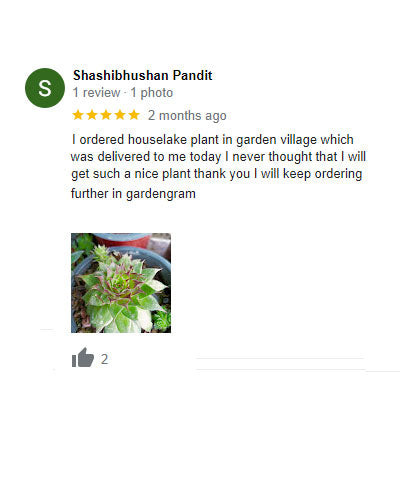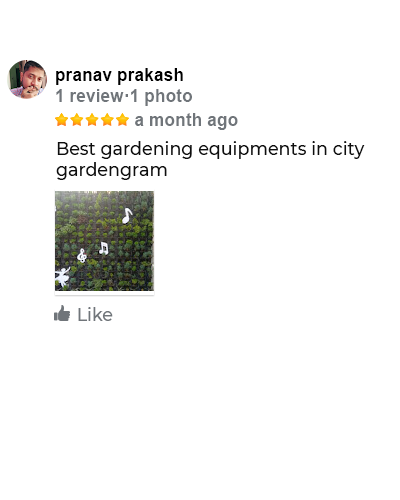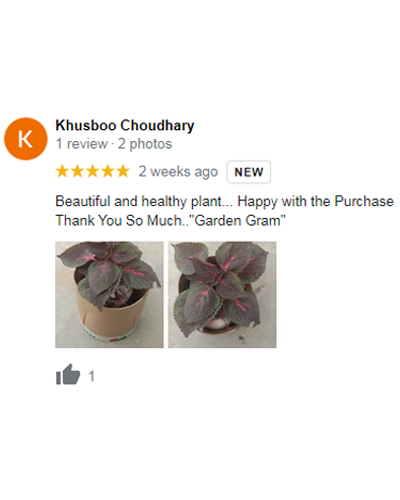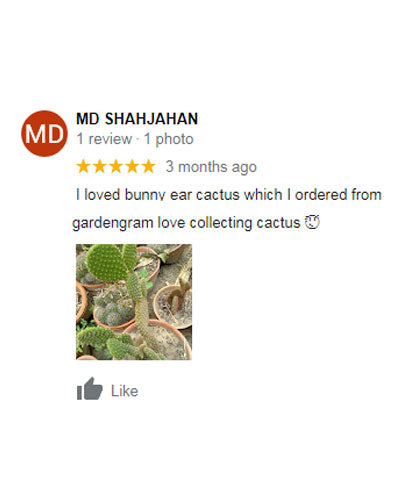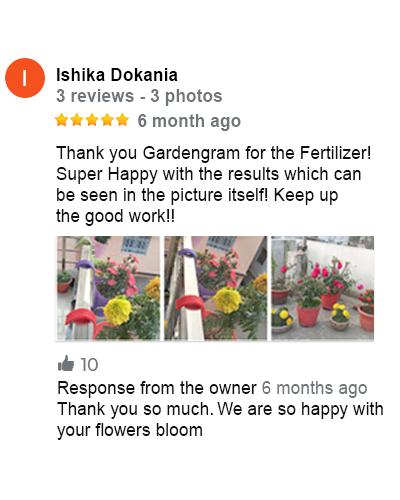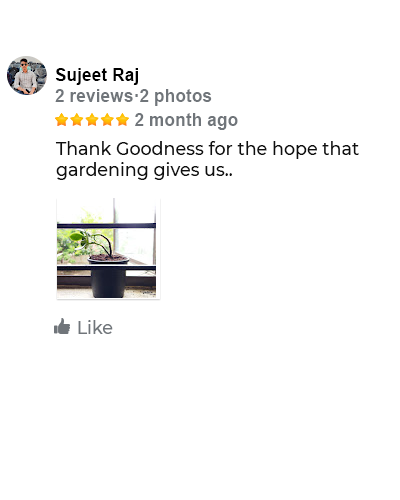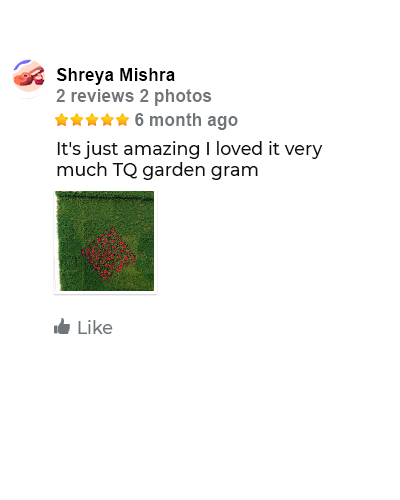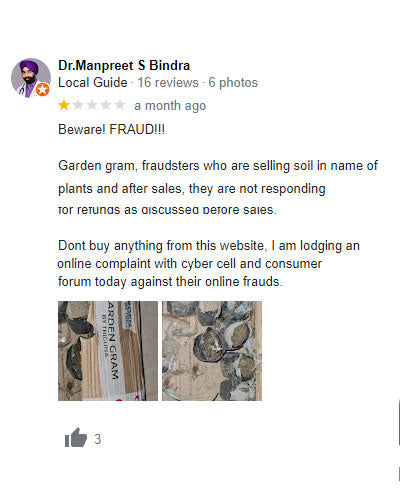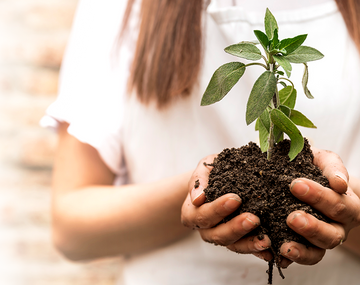Pruning Indoor Plants: A Step-By-Step Guide
Hey there, plant enthusiasts! Let's talk about a game-changer in the world of indoor gardening: pruning. Now, pruning might sound like just snipping away at your leafy pals, but trust me, it's way more than that. Think of it as giving your plants a spa day—they love it!
So, why is pruning such a big deal? Well, imagine if you never got a haircut; things might get a bit wild, right? Plants are the same! Regular pruning isn't just about shaping them up; it's about boosting their health, making them flourish, and keeping them in tip-top shape.
But hey, before we dive into the hows and whens of pruning, let's bust a few myths. There's this idea floating around that pruning is harmful. Nope, not true! When done right, it's like a power-up for your plants, encouraging growth and blooming like nobody's business.
So, grab your pruning shears and get ready to learn the secrets of indoor plant pruning that'll make your green buddies thrive!
Tools and Equipment
Alright, let's dive into the toolbox for your indoor plant crew. Think of it like getting the right gear for a gardening adventure!
First off, check for any overgrowth - you know, when your plant starts looking like it’s trying to take over your entire living room. If it's getting a bit too wild and encroaching on its neighbors, it's probably time to get those pruning shears out.
Keep an eye on those leaves too. If they're starting to turn yellow or brown and look a bit sad, that could mean your plant is struggling and needs a trim to shed off the dead weight.
Are branches getting a bit tangled and crowding each other? That's another telltale sign. It's like your plant's way of saying, "Hey, I need some space!"
Different plants also have their own way of saying, "Hey, trim me!" Some are more high maintenance and need more frequent trims, while others are happy with less intervention. Knowing your plant's quirks goes a long way in understanding when it's time for a snip.
Lastly, before you dive in with those shears, take a good look at the growth patterns and overall health of your plant. Is it growing in a weird direction? Are there signs of pests or diseases? Understanding these little details helps make sure you're giving your plant the right kind of pruning it needs without causing any harm.
So, keep an eye out for these signs - your plants might not talk, but they sure have their ways of telling you when it's time for a little haircut!
Best Practices and Tips
Let's dive into the best practices and tips for pruning indoor plants in a more casual yet informative tone:
Now, about the frequency? Well, think of it like grooming your own hair—some need a trim more often, some less. For instance, fast growers might need a little haircut more frequently than slow growers.
Pruning is like a conversation with your plants; the more you do it, the better you understand their needs. Just like how a little trim and care make us feel better, the same goes for our green buddies!
Also, consider giving them a light dose of fertilizer to help them bounce back. Think of it as a little post-pruning energy boost for your green buddies.
And hey, sunlight matters! Position them where they can soak up the rays they need. But remember, don't throw them directly under a scorching sun right after pruning; they might need a bit of a break before basking in all that light.
Look out for wilting or drooping – that's often a sign they need a little extra care. And if you spot any stress-induced yellowing or browning, it's your cue to adjust your post-pruning routine.
And if you usually shower them with affection through misting or other care routines, maybe ease up on that for a while post-pruning. Let them breathe and settle into their new post-trim groove.
Wrapping up our pruning journey, remember: pruning is like giving your indoor plants a spa day! It's not just about snipping away; it's about nurturing and pampering them for their best health and beauty.
So, grab those shears, embrace your green thumb, and dive into the world of pruning. It's a journey of discovery, a way to connect deeper with your indoor garden, and most importantly, a way to show your plants some extra love. Happy pruning!
So, why is pruning such a big deal? Well, imagine if you never got a haircut; things might get a bit wild, right? Plants are the same! Regular pruning isn't just about shaping them up; it's about boosting their health, making them flourish, and keeping them in tip-top shape.
But hey, before we dive into the hows and whens of pruning, let's bust a few myths. There's this idea floating around that pruning is harmful. Nope, not true! When done right, it's like a power-up for your plants, encouraging growth and blooming like nobody's business.
So, grab your pruning shears and get ready to learn the secrets of indoor plant pruning that'll make your green buddies thrive!
Tools and Equipment

Alright, let's dive into the toolbox for your indoor plant crew. Think of it like getting the right gear for a gardening adventure!
Essential Tools for Pruning Indoor Plants
First up, you'll want to have a good pair of pruning shears. These are like the Swiss Army knife of plant care, perfect for snipping stems and branches with precision.Choosing the Right Pruning Tools for Different Plants
Just like how you wouldn’t use a sledgehammer for delicate work, different plants need different tools. Delicate plants might prefer smaller, fine-tipped scissors, while those with heartier stems would appreciate sturdy shears.Maintenance and Cleaning Tips for Pruning Equipment
Now, here's the secret sauce: keeping those tools spick and span. Regularly wipe them down with alcohol or a mild disinfectant to prevent passing on any unwanted diseases between your green pals. And don’t forget to sharpen those blades when they start feeling a bit dull.Identifying Pruning Needs
Identifying when your plants need a trim isn't rocket science, but it's a bit like reading nature's cues. Look out for signs that your indoor plants might be crying out for a little pruning TLC.First off, check for any overgrowth - you know, when your plant starts looking like it’s trying to take over your entire living room. If it's getting a bit too wild and encroaching on its neighbors, it's probably time to get those pruning shears out.
Keep an eye on those leaves too. If they're starting to turn yellow or brown and look a bit sad, that could mean your plant is struggling and needs a trim to shed off the dead weight.
Are branches getting a bit tangled and crowding each other? That's another telltale sign. It's like your plant's way of saying, "Hey, I need some space!"
Different plants also have their own way of saying, "Hey, trim me!" Some are more high maintenance and need more frequent trims, while others are happy with less intervention. Knowing your plant's quirks goes a long way in understanding when it's time for a snip.
Lastly, before you dive in with those shears, take a good look at the growth patterns and overall health of your plant. Is it growing in a weird direction? Are there signs of pests or diseases? Understanding these little details helps make sure you're giving your plant the right kind of pruning it needs without causing any harm.
So, keep an eye out for these signs - your plants might not talk, but they sure have their ways of telling you when it's time for a little haircut!
Best Practices and Tips

Let's dive into the best practices and tips for pruning indoor plants in a more casual yet informative tone:
Timing and Frequency: When and How Often to Prune Indoor Plants
Hey there, timing matters more than you might think when it comes to pruning. It's like giving your plants a spa day—they appreciate it most when they're in a relaxed, dormant phase. For most plants, the post-bloom period, or when they're taking a little winter nap is prime pruning time.Now, about the frequency? Well, think of it like grooming your own hair—some need a trim more often, some less. For instance, fast growers might need a little haircut more frequently than slow growers.
Understanding Plant Responses to Pruning Stress
You know that feeling after a haircut? Some bounce back quickly, feeling all refreshed, while others might need a bit of time to get used to the new look. Same with plants! They react differently to pruning, but don't worry; it's all part of their growth process. Some might show off with new shoots right away, while others might take a little longer to recover.Pruning Dos and Don'ts: Avoiding Common Mistakes
Now, here's the fun part—dos and don'ts. Do you know what over-pruning feels like for plants? It's like that feeling when you cut your hair too short; it weakens you! So, avoid going overboard. Always remember, that sharp and clean tools are your plant's best friends. Oh, and here's a secret: let your plant guide you. Their natural growth patterns are there for a reason, so don’t go against the flow.Pruning is like a conversation with your plants; the more you do it, the better you understand their needs. Just like how a little trim and care make us feel better, the same goes for our green buddies!
Addressing Specific Plant Issues
You know those moments when your plants throw a curveball at you? Yeah, they can act up sometimes, but there are ways to handle their dramas.Pruning to Control Growth and Size
So, your plant's growing like it's on a mission to take over your living room? No worries! Pruning is your superhero move here. Snip away those overzealous branches to keep things in check. It's like giving your plant a friendly reminder about personal space.Dealing with Disease and Pest Infestation Through Pruning
Pests and diseases? Ugh, the absolute worst. But guess what? Pruning is your secret weapon against these villains! Snip off those infected or buggy parts, and you're basically sending those troubles packing. It's like giving your plant an immunity boost.Rehabilitating Overgrown or Neglected Indoor Plants
Ever walked into a room and thought, "Whoa, when did my plant become a jungle?" Neglect happens, but it's never too late! Get out those shears, trim away the excess, and give your plant some TLC. Think of it as a spa day for your green buddy, bringing it back to its stylish, well-groomed self.Post-Pruning Care
After you've given your indoor plants a good trim, it's time to switch gears and focus on their post-pruning TLC. Think of it as the pampering session after a haircut. Here’s the lowdown on post-pruning care:Proper Aftercare: Watering, Fertilizing, and Sunlight Requirements
Okay, so your plants have had a bit of a snip-snip. Now, they're going to need some extra love. Make sure they're getting the right amount of water – not too much, not too little – just enough to keep them hydrated but not drowning.Also, consider giving them a light dose of fertilizer to help them bounce back. Think of it as a little post-pruning energy boost for your green buddies.
And hey, sunlight matters! Position them where they can soak up the rays they need. But remember, don't throw them directly under a scorching sun right after pruning; they might need a bit of a break before basking in all that light.
Monitoring Plant Responses After Pruning
Keep an eye on your plants. They might react in different ways post-pruning. Some might spring back like nothing happened, while others might take a bit of time to recover. It's like observing their mood after a fresh trim.Look out for wilting or drooping – that's often a sign they need a little extra care. And if you spot any stress-induced yellowing or browning, it's your cue to adjust your post-pruning routine.
Adjusting Maintenance Routine After Pruning
Remember, patience is key! Your plants might need a little time to adjust after their haircut. So, be flexible with your usual maintenance routine. Maybe hold off on any major changes or repotting for a bit until they regain their strength.And if you usually shower them with affection through misting or other care routines, maybe ease up on that for a while post-pruning. Let them breathe and settle into their new post-trim groove.
Frequently Asked Questions (FAQ):
1. What is the purpose of pruning?
Pruning serves multiple purposes. Primarily, it helps in maintaining the health and shape of plants by removing dead or diseased parts, improving airflow, and encouraging new growth. It also stimulates flowering and fruit production, promoting overall plant vigor.2. Is pruning good or bad?
When done correctly and thoughtfully, pruning is definitely good for plants. It's akin to grooming; it promotes better health, growth, and aesthetics. However, improper pruning techniques or over-pruning can harm plants, so it's essential to understand the right methods.3. Does pruning increase growth?
Pruning can stimulate growth, but it's more about redirecting growth rather than simply causing it to increase. By removing dead or overgrown parts, plants can focus their energy on new growth areas, leading to healthier and more vigorous development.4. What is the best time for pruning?
The best time for pruning varies based on the type of plant. In general, for most plants, pruning during their dormant phase or after blooming is ideal. This timing reduces stress on the plant and promotes quicker recovery and new growth. However, specific plants may have their unique pruning seasons, so it's wise to research or consult for individual plant needs.Wrapping up our pruning journey, remember: pruning is like giving your indoor plants a spa day! It's not just about snipping away; it's about nurturing and pampering them for their best health and beauty.
So, grab those shears, embrace your green thumb, and dive into the world of pruning. It's a journey of discovery, a way to connect deeper with your indoor garden, and most importantly, a way to show your plants some extra love. Happy pruning!





